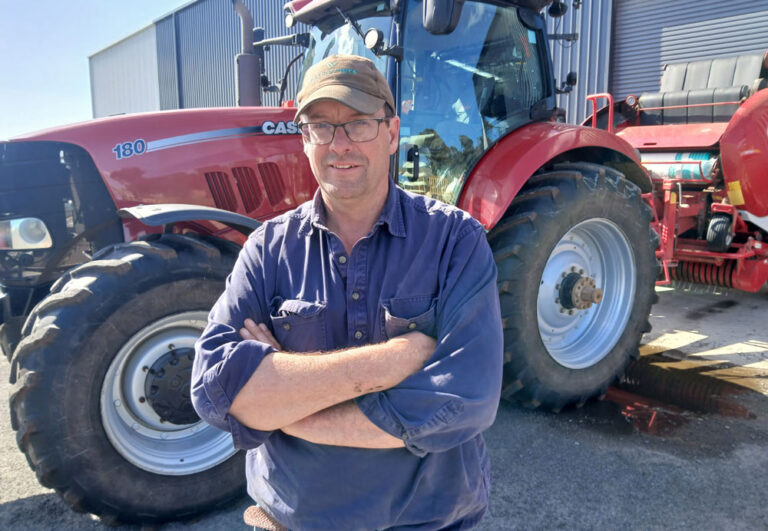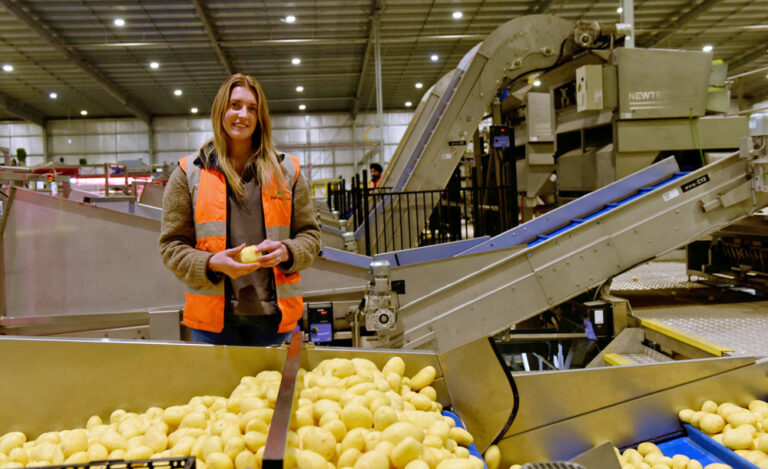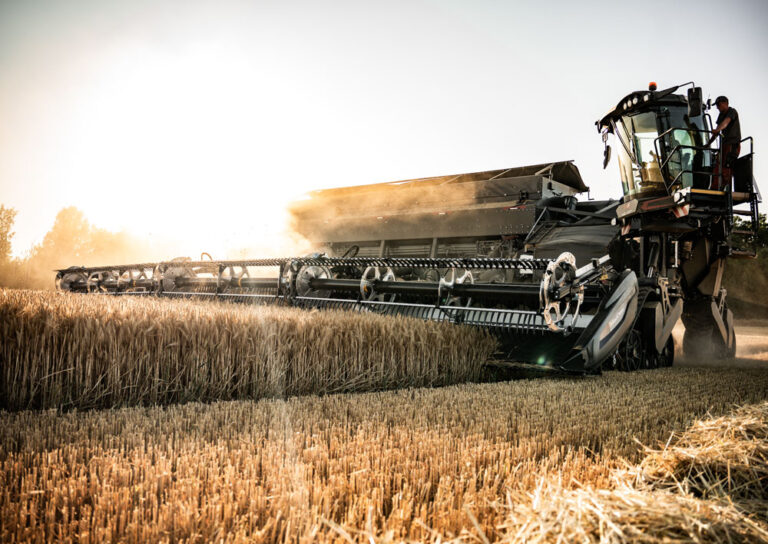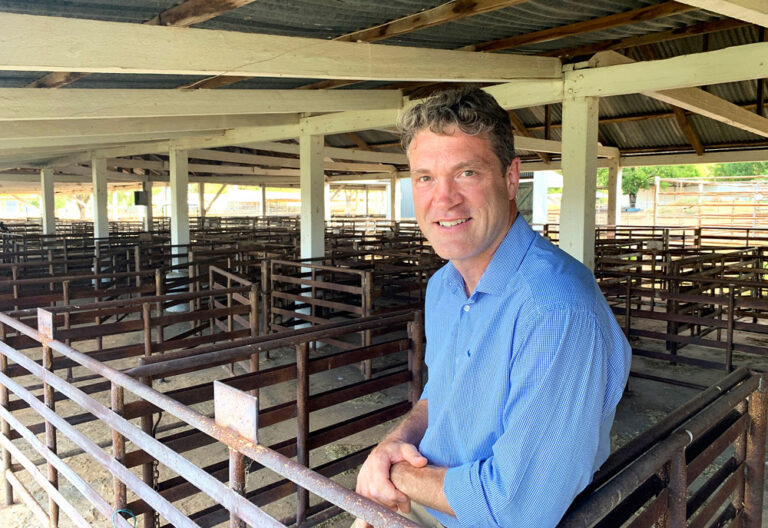The CBA Captain variety is expected to have broad adaptation to all Australian chickpea growing regions as it aims to improve outputs

In its first planting season, chickpea variety CBA Captain performed well and is expected to realise the spread that Chickpea Breeding Australia (CBA) is hoping to achieve.
Chickpea production is forecast to reach 708,000 tonnes in 2020-21, an increase of 152% on the previous year. This equates to a forecast gross production value of $580 million in 2020-21.
The value of chickpea exports for 2020-21 is forecast to reach $590 million, up from $306 million in 2019-20.”
Chickpea Breeding Australia is a $30 million, five-year research collaboration between the GRDC and the NSW Government, and will be delivered from the NSW Department of Primary Industries’ (DPI) Tamworth Agricultural Institute.
A $2.5 million world-class glasshouse and controlled environment room facility has also been unveiled in Tamworth NSW. This state-of-the-art facility will be the headquarters for Chickpea Breeding Australia.
The erect desi type is CBA’s first release and is an example of what to expect from the $30 million, five-year program.
To date, the majority of chickpea production increases have occurred in northern NSW and southern Queensland, yet growers outside these regions also want access to suitable varieties.
This latest collaboration between GRDC and the NSW Government aims to address the call for more growers to come on board, while improving outputs in traditional growing regions.
CBA will be available from the NSW Department of Primary Industries’ (DPI’s) Tamworth Agricultural Institute.
What we know so far
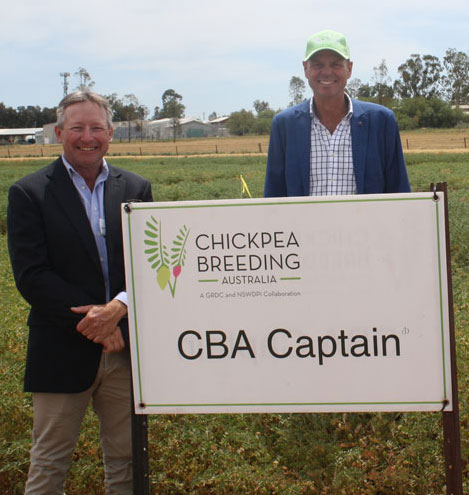
CBA Captain has been bred to have early to mid-flowering options, moderate lodging resistance and excellent harvestability.
Its harvestability is something that both established chickpea grower Ian Ladner and more recent grower Roy Hamilton both noted.
Ian Ladner farms 1600ha with his family at Cecil Plains, west of Toowoomba.
He planted 85ha of CBA Captain into sorghum stubble and harvested two tonnes/ha last season, which compared well with other chickpea varieties planted the same season.
Chickpea are an important part of Ian Ladner’s rotation, improving soil quality and reducing disease risk. He plants them even if they will not be harvested.
Chickpea can have harvestability issues and suffer from harvest losses. However, CBA Captain harvested well: “It was an upright plant, which made it easy to harvest. We had no harvest losses, and it was good to thrash,” Ian says.
GRDC Northern Panel member Roy Hamilton was also impressed with the variety’s harvestability.
With his family, Roy Hamilton operates a 4400ha mixed farming enterprise near Rand in NSW’s Riverina, a chickpea ‘expansion’ area.
Chickpea has not traditionally been a ‘go-to’ pulse in this region because of a less suitable soil pH, cool spring temperatures and harvestability concerns with older varieties.
“We’re new to chickpea. They made up 140ha of a 3600ha program last season, the second year we have attempted to grow them.”
Planting a bit late in June into cold and very wet soil was not ideal, but Roy Hamilton says CBA Captain still did well.
“Its height, at 100 to 150mm above the other chickpeas, enthuses me. One of the issues with chickpeas is harvest losses, but these podded well up off the ground so we could get the harvester front under them and minimise cutter-bar losses, which was great.”
CBA Captain was planted alongside other chickpea. They achieved a 2.6-tonnes/ha harvest, equal to the Nelham variety.
The Hamiltons mainly choose faba beans as their pulse crop. “They are robust, and we have grown them on and off for 30 years. But it is good to have another pulse option. Chickpea can add diversity to our commodities and spread our marketing options.”
Springboard is in place
Chickpea Breeding Australia is based at the NSW Department of Primary Industries’ (DPI) Tamworth Agricultural Institute and CBA Captain is its ‘springboard’ variety for the expansion areas.
DPI chickpea breeder Dr Kristy Hobson says CBA will work on developing varieties for new growing environments in central and southern NSW and Western Australia – areas that need chickpea with chilling tolerance and tolerance to soils with low pH.
Varieties will be delivered in a faster timeframe, incorporating high-priority traits, by implementing improved breeding technologies and processes and direct variety commercialisation.
DPI crop genetics and market access (north) leader Dr Georgina Pengilley says these varieties will have increased yield and resistance to biotic and abiotic stresses and yield stability across a range of soil types.
At Tamworth NSW it’s full steam ahead. New infrastructure is already being built, including a glasshouse coming online mid-year. Two polyhouses, seed storages and processing facilities will be completed in June 2022.


